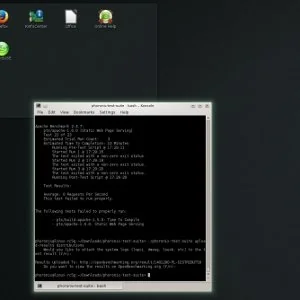Arcan 0.6.1 Released With More Features Added To This Open-Source Display Stack

Arcan has become quite a large project for those not familiar with it from past articles over the years. Arcan describes itself on GitHub as "a powerful development framework for creating virtually anything from user interfaces for specialized embedded applications all the way to full-blown standalone desktop environments. At its heart lies a robust and portable multimedia engine, with a well-tested and well-documented Lua scripting interface. The development emphasizes security, debuggability and performance -- guided by a principle of least surprise in terms of API design."
Arcan 0.6.1 has another big batch of improvements for this original open-source display/desktop stack. In particular, a lot of emphasis for the release is on its networking layer but also core improvements. Some of the Arcan 0.6.1 highlights include:
- Improvements to reduce input latency.
- Better deal with Variable Rate Refresh (VRR) displays.
- Working on their A12 network protocol as their SSH/VNC/RDP/X11 network implementation replacement. Their A12/Arcan network code is now using Zstd for binary transfers, a basic keystore has been implemented for crypto purposes, and more.
- Xarcan as their X.Org fork now handles GPU transitions more gracefully and has basic clipboard integration and accelerated cursor support.
- Various improvements to their EGL-DRI code.
- Continued enhancements around their Lua scripting support.
- Arcan code should now be build-able on all major BSDs.
Learn more about Arcan 0.6.1 or download it at Arcan-FE.com.
14 Comments

